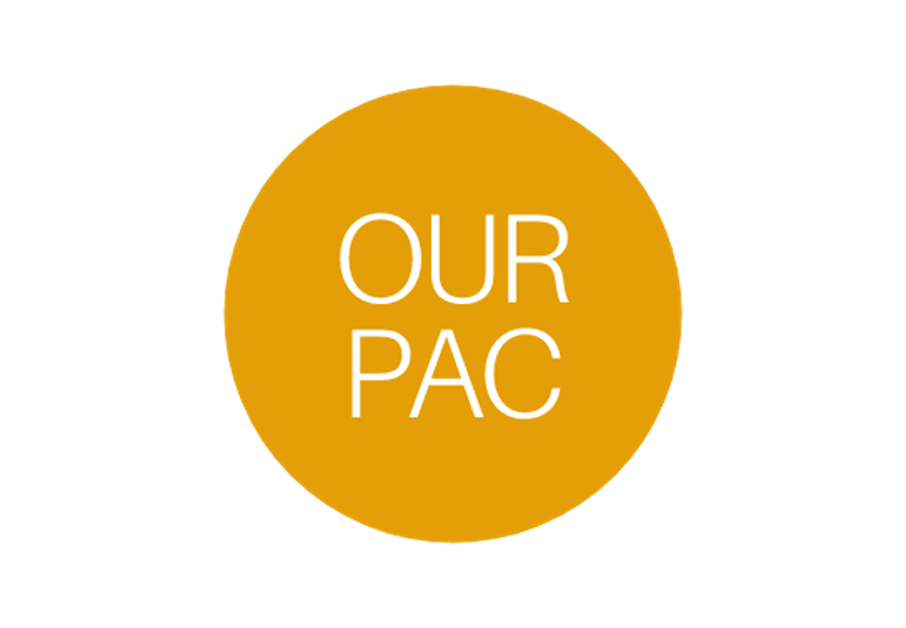
Business Plan Creation.
Whether you’re launching a start-up, expanding into a foreign market, or offering a new product or service, a Business Plan is all about research, and projecting what’s to come. Oh, and money!!
Chantelle Quow — CEO
In partnership with CQ Business Coach.
CQ Business Coach was created to assist the numerous business owners and entrepreneurs that created great products and services but need assistance getting to the next level.
“My life purpose is to show others how to elevate themselves out of disadvantaged economic situations through lifelong learning and entrepreneurship. In addition, my personal experience and professional training benefit my clients because I help them plan to prevent making critical business mistakes using business tools and foresight with my unique perception and skills.”
Your roadmap to growth.
The foundation of any good business begins with a solid business plan. Think of a business plan like a roadmap to success--it will serve to guide you through each stage of development and show you how to structure, start, manage, and grow your new business. Put simply, a business plan helps you run your business.
Traditionally, a business plan is very detail focused, offering a comprehensive look at all facets of your business. Potential investors or business partners want to feel confident that they’ll see a return on their investment, and a business plan is a great tool to assure people that investing in your company is a sound and smart decision. However, just as not all businesses look the same, not all business plans look the same. It’s important to create a plan that suits your particular business and needs.
9 Key Sections in your business plan:
1. Executive Summary
What is your company, and why will it be successful? In this section, brief the reader on your mission statement, product or service, team, and location. If you are looking for investors or financing, you should also include financial information and high-level growth plans.
2. Company Description
In this section, you’ll want to expand on your executive summary with a more detailed description of your company. What kinds of problems does your business solve? Who are the consumers or businesses your company plans to serve? What competitive advantages do your offer to ensure your business is a success? Now is the time to talk about your strengths and wow the reader!
3. Market Analysis
Every successful company understands their industry and target market. Who are your competitors, and what are they doing right? Better yet, how can you do it better? Analyze trends and themes and showcase how you can take advantage and grab a piece of the market share.
4. Organization & Management
Your readers want to know how your company will be structured and who is going to run it. What is the legal structure of your business? Is your company going to incorporate as a sole proprietor, LLC, or a general/limited partnership? Who is involved in executive and managerial decisions in your company? Highlight key members of your team and show why each person’s unique experience will play a pivotal role in the success of your company.
5. Product or Services
Describe what services or products your business provides, why it is advantageous to your customers, and what the product life cycle looks like. Explain in detail any research and development you’ve undertaken, and include plans for copyright, patent, or intellectual property filings.
6. Marketing & Sales Strategy
How is your business going to attract and retain customers? How does an actual sale happen, and what does it look like? Remember, there is no “catch all” way to develop a marketing strategy; it needs to always be evolving to fit your unique needs. It’s important to describe in detail your complete marketing and sales strategies in order to have a clearer idea of your future financial projections.
7. Funding Request
If you’re looking for funding from investors, clearly outline your funding requirements. How much will you need over the next several years and what are you going to use it for? Are you looking for debt or equity? Make sure to include a breakdown of your future strategic financial plans, such as paying off debt, equipment or material purchases, or whether you are looking to sell your business down the line.
8. Financial Projections
Telling the financial story of your business and convincing the reader that your business will be a monetary success is crucial to your funding requests. Provide clear and specific projections of future income statements, balance sheets, cash flow, and capital expenditure budgets. For new businesses, use quarterly or monthly projections. If you already have an established business, include documentation for the last three to five years. List any assets, debts, or collateral.
9. Appendix
Provide supporting documents or requested materials such as licenses, permits, legal documents, credit histories, reference letters, resumes, and other contracts.
Let’s build the business plan that will take you where you need to go.
Let’s have a free, no-obligation chat about the business plan that you need.















